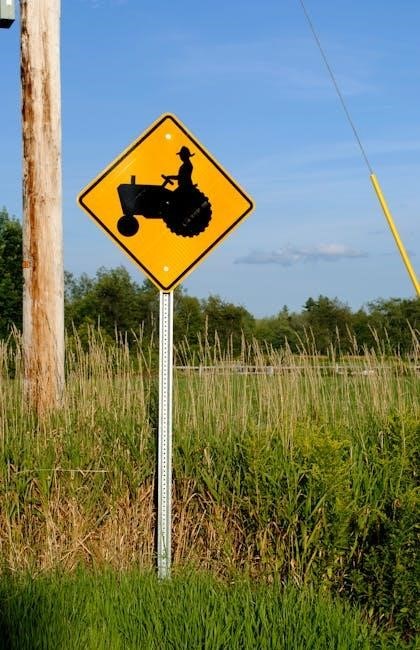
Field guides are books designed to help readers identify wildlife, with descriptions and photos to aid in identification, making them a valuable resource for nature enthusiasts and researchers alike, every day.
Characteristics of Field Guides
Field guides typically have certain characteristics that make them useful for identification and research, including detailed descriptions and photos of various species, as well as information on habitats and distribution.
They often include tables, charts, and other visual aids to help readers compare and contrast different species.
Field guides may also include information on conservation status, with links to additional resources and references.
The content is usually organized in a logical and easy-to-follow manner, with clear headings and subheadings, and
- ordered lists
to facilitate navigation.
Some field guides may also include
- unordered lists
of key features or characteristics to look for when trying to identify a particular species.
The language used is often technical, but explanations and definitions are usually provided to help readers understand complex concepts.
Overall, the characteristics of field guides make them a valuable resource for anyone interested in learning more about the natural world, with images and diagrams to illustrate key points and make the information more engaging and accessible.
Field guides are an essential tool for researchers, students, and enthusiasts alike, providing a comprehensive and authoritative source of information on a wide range of topics, including biology, ecology, and conservation.

Types of Field Guides
There are various types of field guides, including photographic and illustrated guides, covering different subjects and topics, with many examples available, every day, online.
Examples of Field Guides
Field guides are available for various subjects, including wildlife, plants, and insects, with many examples available online, such as guides to freshwater benthic organisms and tree identification. These guides often include photos and descriptions to aid in identification. Some field guides are also designed to be foldable, making them easy to use in the field. For example, a foldable Venn diagram can be used to compare and contrast different species. Additionally, field guides may include information on conservation statuses and suggested survey methods, making them a valuable resource for researchers and nature enthusiasts alike. Many field guides are also designed to be user-friendly, with clear and concise language, making them accessible to a wide range of users. Overall, field guides are an essential tool for anyone interested in learning more about the natural world, and there are many examples available to suit different needs and interests, with new guides being developed all the time, including guides to amphibians and twigs.

Importance of Field Guides
Field guides are essential tools for researchers and nature enthusiasts, providing valuable information and insights, every single day, with great accuracy and detail, using many online resources.
Uses of Field Guides
Field guides have a wide range of uses, including identifying wildlife and plants, with many examples available online, such as the Hogwarts Legacy field guide, which provides a comprehensive guide to the game’s world.
They are also used by researchers to study and record data on various species, and by conservationists to develop strategies for protecting endangered species.
Additionally, field guides are used by educators to teach students about the natural world, and by hikers and outdoor enthusiasts to identify the plants and animals they encounter on their travels.
Field guides can also be used to identify photos of plants and animals, and to learn about their habitats and behaviors.
Overall, field guides are an essential tool for anyone interested in learning about and exploring the natural world, with many different types and examples available, including online guides and mobile apps, which can be accessed from anywhere.
They provide a wealth of information and can be used in a variety of contexts, from education to conservation, and are an important resource for anyone looking to learn more about the world around them.

Components of a Field Guide
Field guides typically include maps and indexes to help users navigate and find information quickly and easily every day.

Format of a Field Guide
A field guide typically follows a standard format, with each entry including a description of the species, its habitat, and any notable characteristics. The guide may also include
- lists of similar species, to help users distinguish between them. In addition to the species entries, a field guide may also include introductory material, such as a glossary of terms and a guide to using the book. The format of a field guide can vary depending on the type of guide and the intended audience, but most guides include a combination of text and